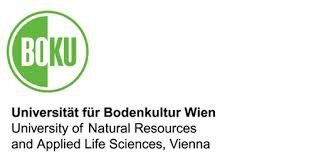
Significance of sediment transport for flood protection and navigation at the Austrian Danube
Research institute: BOKU Institute of Hydraulic Engineering and River Research
In order to make better use of rivers and the adjacent areas and to better protect them against floods, these were gradually regulated for flood protection, but also for navigation and hydropower purposes. As a consequence, the sediment regime was altered and continuum interruptions such as weirs and dams of hydropower plants often lead to an unbalanced sediment regime. The reduced river width and the increased gradient caused by the straightening of the river channel additionally increased the sediment transport capacity of the river. From the point of view of hydraulic engineering and ecology, the sediment continuity of rivers and an intact sediment balance are important issues for the sustainable management of our rivers. Both a sediment surplus and a deficit of sediments can contribute to the increase of the flood risk and to restrictions for navigation. Therefore, the restoration of the sediment continuum and the morphodynamics typical for the river type play an important role. The project should therefore provide an overview of the monitoring of sediment transport on the Danube in Austria, describe sediment transport processes - also in connection with flood events - and describe alterations of the morphology. Based on these findings, strategies will be identified to improve sediment management in the context of flood protection and navigation, and sediment management measures will be summarized that reduce flood risk and improve navigation.
